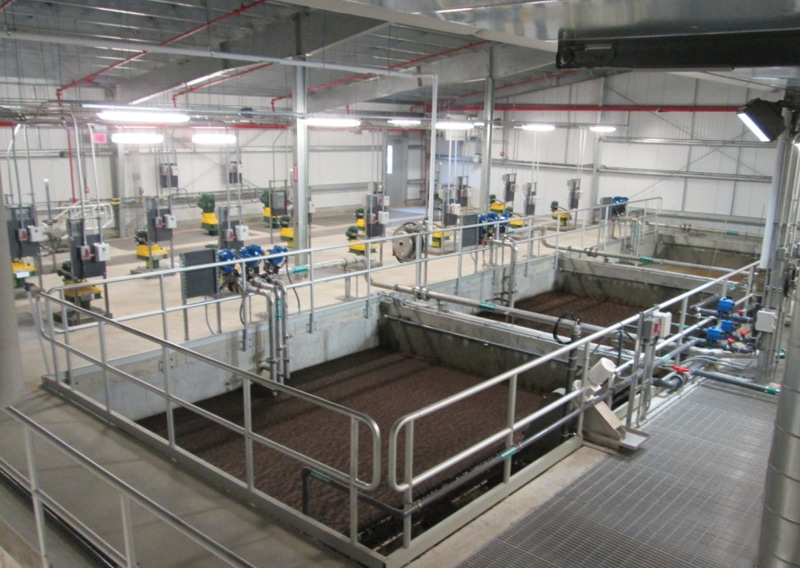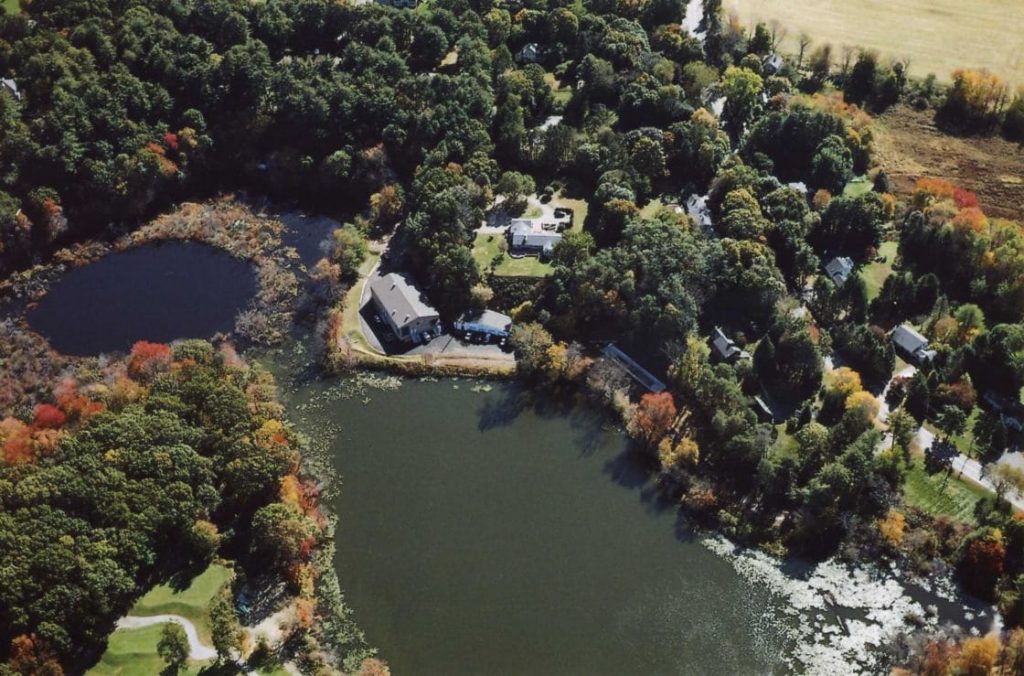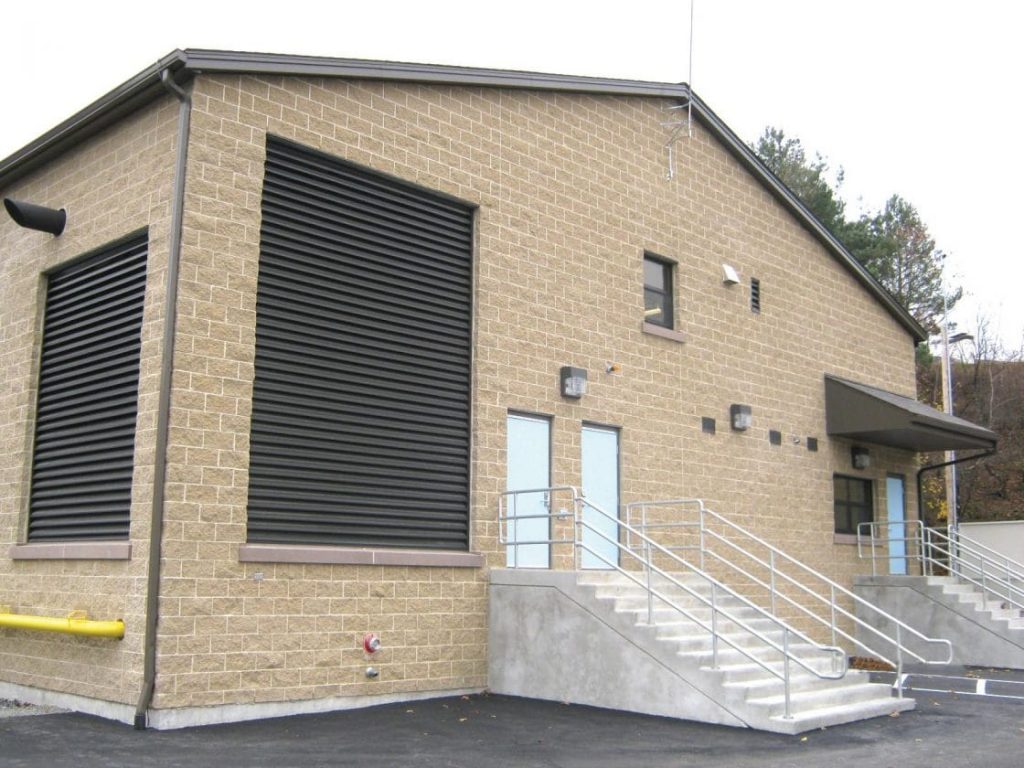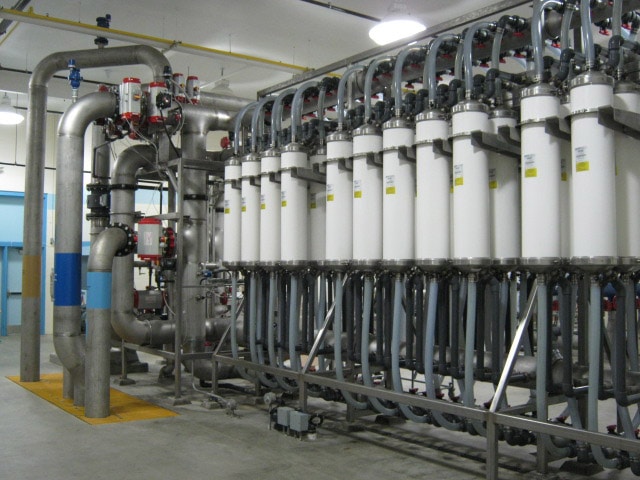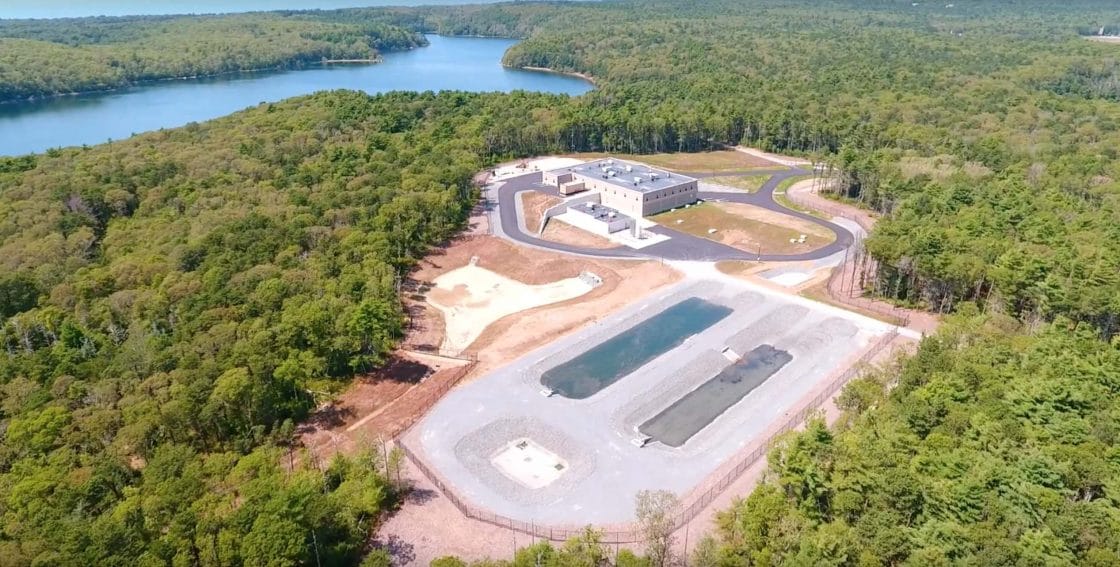
THE CHALLENGE: More stringent USEPA and MassDEP regulations, including Stage 2 Disinfectants/Disinfection-by-Product Rule (S2 D/DBPR) and the Long Term 2 Enhanced Surface Water Treatment Rule (LT2ESWTR), resulted in the Town of Falmouth needing to make a decision on whether to construct a filtration facility in compliance with the SWTR or to upgrade disinfection processes only at the existing Long Pond Water Treatment Facility (LPWTF) to maintain the existing Filtration Waiver.
THE SOLUTION: Because the existing LPWTF utilized no filtration to remove bacteria, organics, and particulates, the water quality entering the distribution system was an ongoing concern with elevated turbidity and organics leading to seasonal color, taste, and odor complaints; elevated bacteria and concentrations; and elevated algae counts. In addition, the high doses of chlorine needed to maintain the disinfection residuals required for an unfiltered supply reacted with the organics in the raw water to form disinfection by-products. Therefore, the only viable option for the Town of Falmouth was a new water treatment plant. After evaluating 22 treatment processes and developing eight treatment alternatives for pilot testing, only one treatment process met all goals: Dissolved Air Flotation (DAF) clarification, intermediate ozone followed by filtration. This alternative also scored favorably on the benefit/cost analysis.
Tata & Howard provided design and construction services for the new Dissolved Air Flotation (DAF) facility with a design capacity of 8.4 million gallons per day (mgd) for the Long Pond surface water supply for the Town of Falmouth, MA. The water treatment plant (WTP) utilizes coagulation, mixing, flocculation, dissolved air flotation (DAF), dual media filtration including granular activated carbon (GAC) above sand, chemical feed systems, and an intermediate ozone feed. Building components include HVAC, plumbing, fire sprinkler, gas and electrical services. Other work included site work with exterior piping systems, exterior above and below ground tanks, sludge holding lagoons, construction of a garage, new raw water intake and pump station, directional drilling of raw water mains, and demolition of equipment and site piping at the existing water treatment facility.
As part of the project, Tata & Howard provided design and permitting of a new 8.4 mgd intake and raw water pump station (RWPS) for the WTP. The new intake and RWPS were constructed along the eastern shore of Long Pond and replaces the existing intake and Low Lift Pump Station. The new intake and RWPS includes a two-level intake consisting of two 8.4 mgd rated intake screens installed at elevations -3 feet below mean sea level (MSL) and -13 feet below MSL. The 36-inch HDPE intake pipeline connects the intake screens to the new RWPS located approximately 150 feet from the eastern shore of Long Pond. An air burst system was designed in the RWPS to provide a means for routine cleaning of the new intake screens.
An accelerated 11 month design and permitting schedule, followed by contractor prequalification, bidding, and award, were completed in time to qualify the Town for >$3M in principal forgiveness.
Design included the following:
• 300 Drawings
• 1,200 pages of Specifications
• SRF PEF application
• Monthly project meetings
• Coordination with Building Department
• Coordination with Board of Health
• Coordination with Town IT Department
• Coordination with Police and Fire Departments
• Coordination with Gas and Electric Utilities
Permits included the following:
• Wetlands Protection Act-Local Conservation Commission
• Board of Health
• Remediation General Permit (NPDES)
• Massachusetts General Permit
• Environmental Notification Form
• Massachusetts Historical Commission: Intensive Archaeological Survey including 200 test holes
• MassDEP Approval to Construct WTP: BRP WS 24
• DWSRF PAC
• 401 Water Quality Certification
• NHESP – Turtle Protection Plan
• Chapter 91 Waterways License
• U.S. Army Corps of Engineers General Permit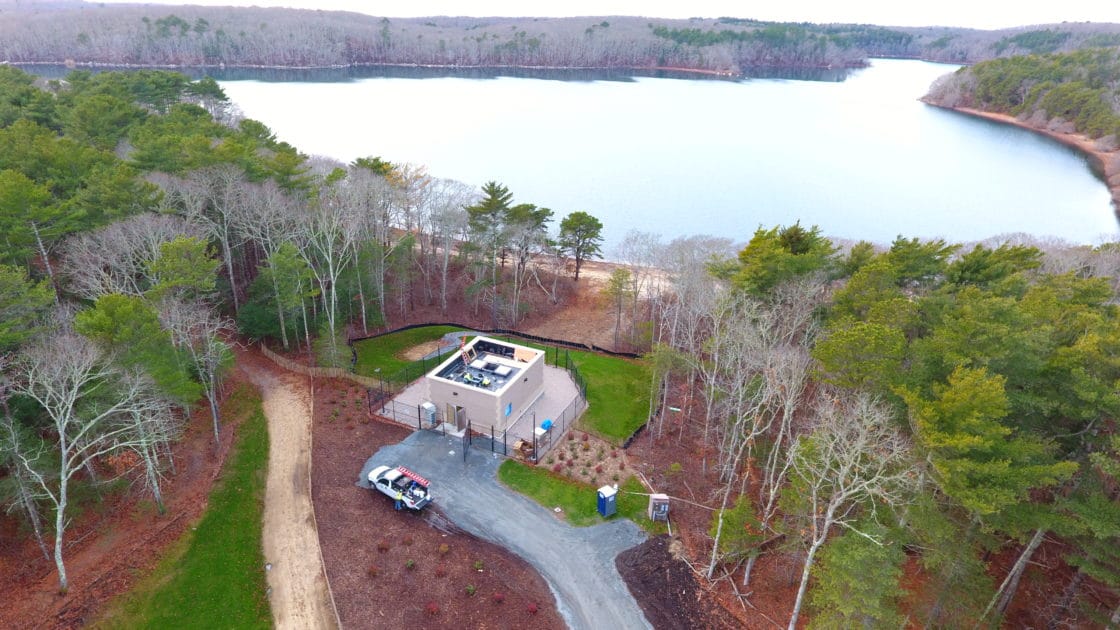 The construction of the Long Pond Water Treatment Plant progressed on schedule and was completed in 2017. The plant included numerous sustainability and energy efficiency initiatives including the following:
The construction of the Long Pond Water Treatment Plant progressed on schedule and was completed in 2017. The plant included numerous sustainability and energy efficiency initiatives including the following:
- Recycling spent backwash water to head of plant and back into the treatment process, after it passes through a plate settler to remove solids.
- Recycling laboratory analyzer and filter influent piping gallery analyzer discharges back into the treatment process.
- Using filter-to-waste water after a filter backwash sequence as supply water for the next backwash, instead of using finished water for backwashing.
- Discharging cleaner supernatant water off the top of the lined lagoons to an unlined infiltration lagoon and back into the ground to minimize residuals.
- Use of local/native plants for landscaping, including an irrigation system using collected rainwater from roof drainage.
- Interior and exterior LED lighting fixtures.
- Variable Frequency Drives (VFDs) on HVAC equipment and process equipment motors.
The plant went online on October 18, 2017. The work was funded under the SRF program. The Long Pond Water Treatment Plant received an ENR New England 2017 Best Project Award in the Water/Environment category, and an Associated Builders & Contractors of Massachusetts Eagle Award in the Public Works – Environmental category.
For a drone video of the new water treatment plant taken by the general contractor, Methuen Construction, please see below:
SaveSave
SaveSave
SaveSave
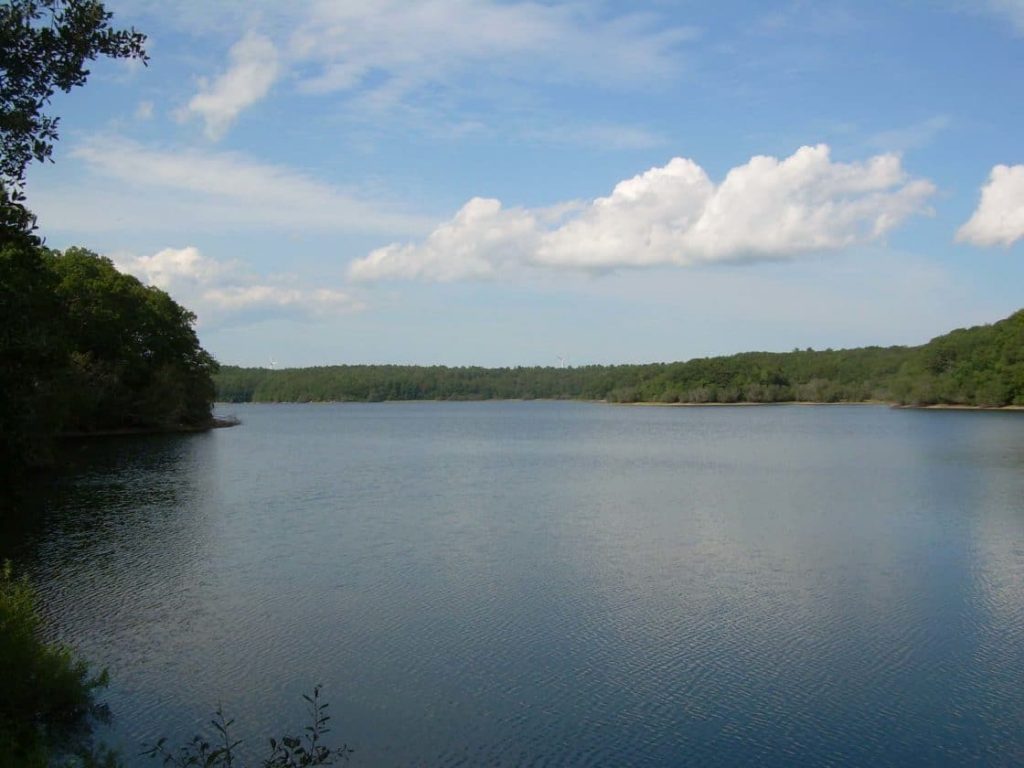

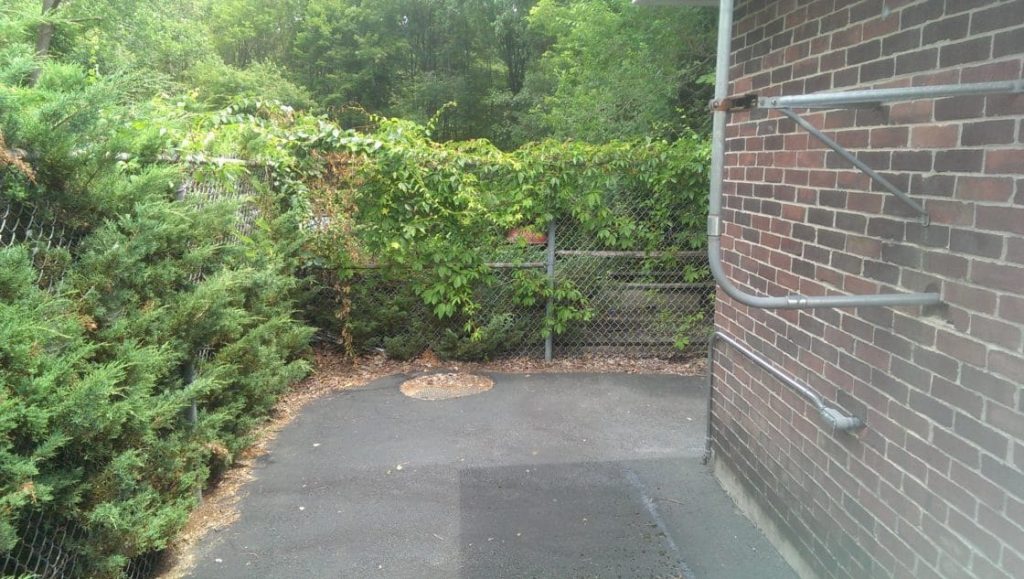
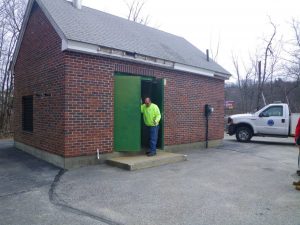

 The construction of the Long Pond Water Treatment Plant progressed on schedule and was completed in 2017. The plant included numerous sustainability and energy efficiency initiatives including the following:
The construction of the Long Pond Water Treatment Plant progressed on schedule and was completed in 2017. The plant included numerous sustainability and energy efficiency initiatives including the following: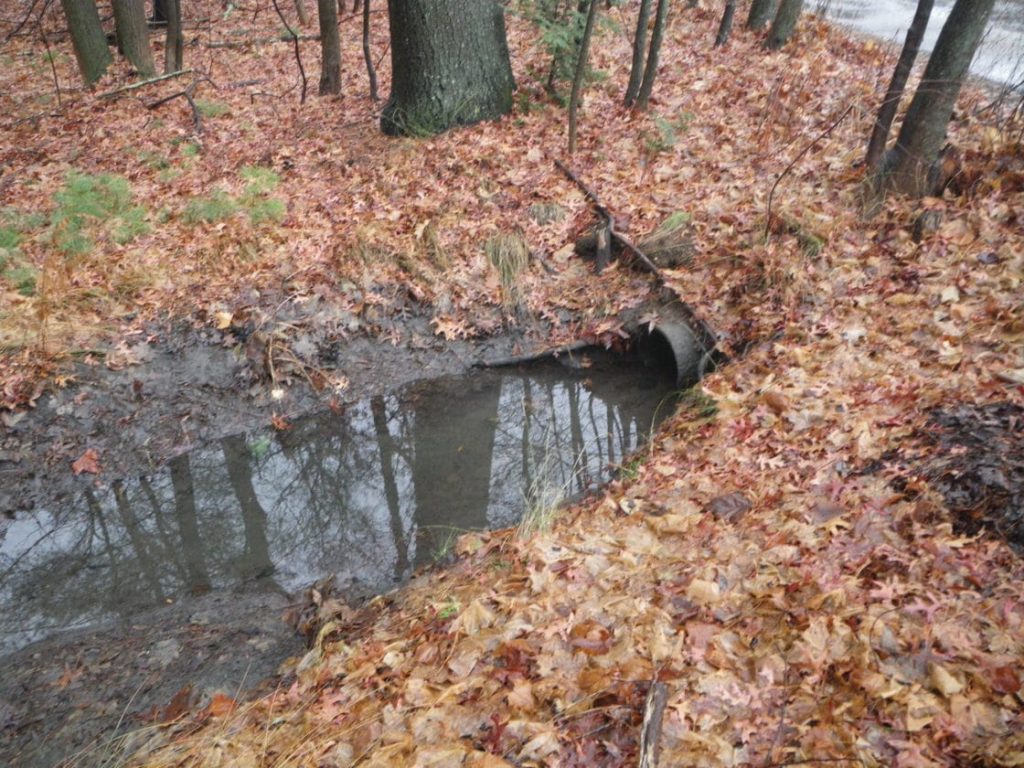
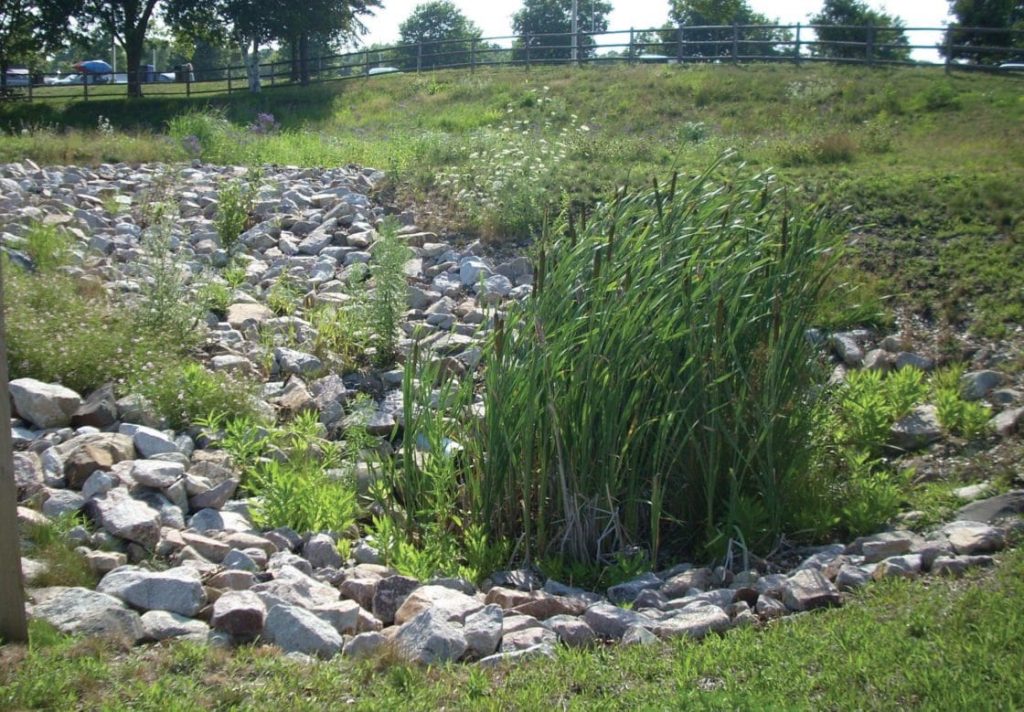
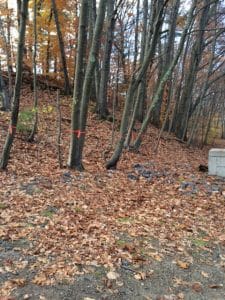
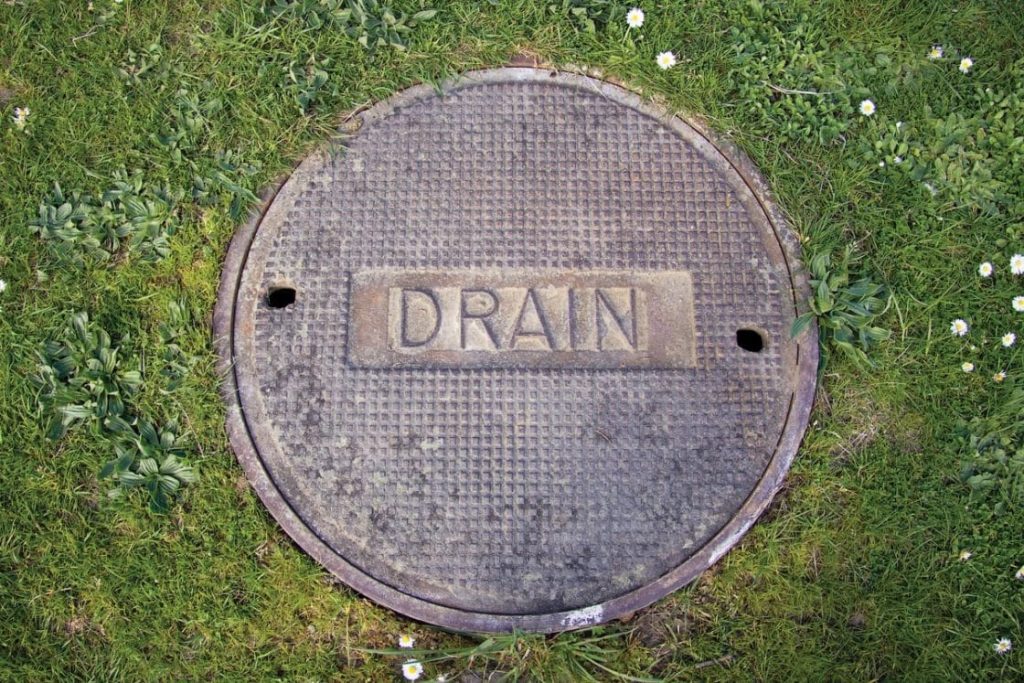
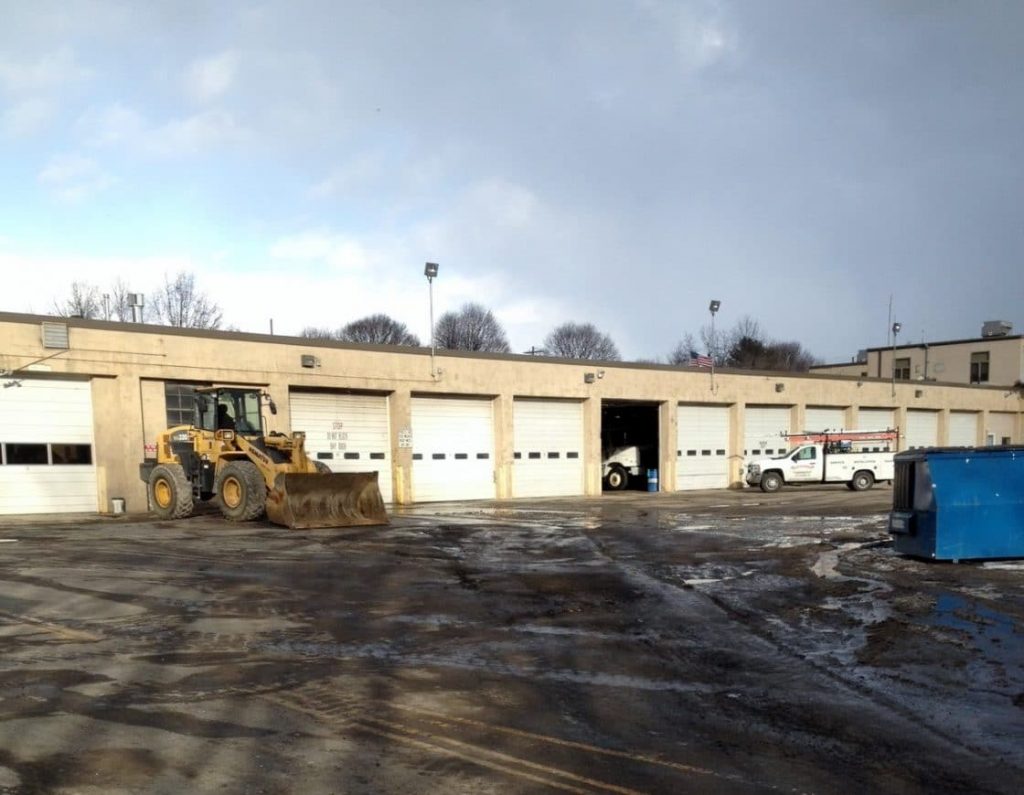
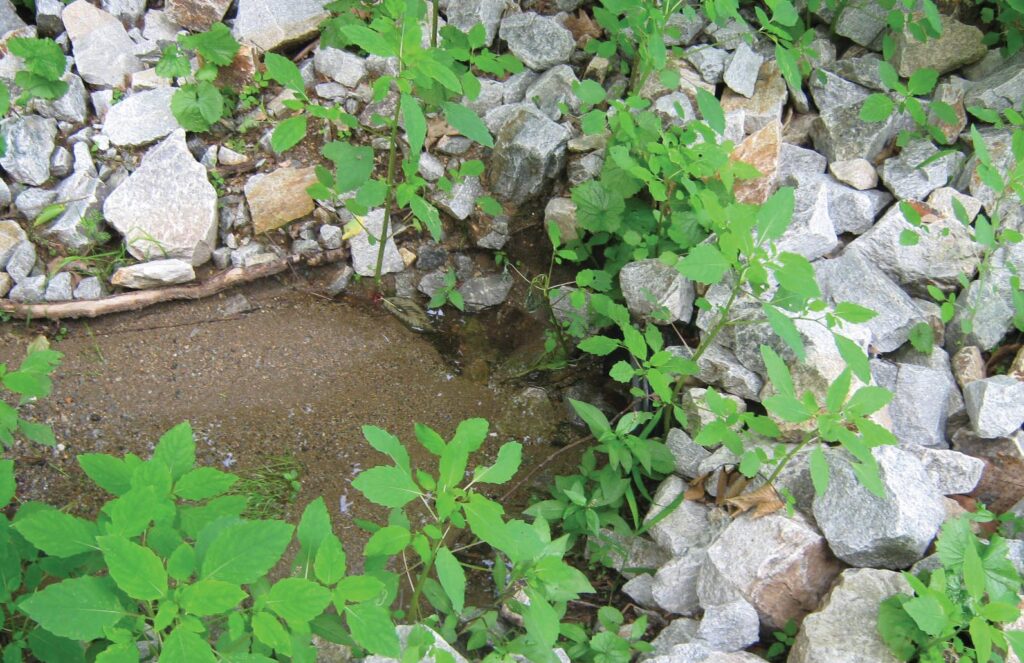 Tata & Howard provides ongoing stormwater engineering services to the Town of Leicester, Massachusetts in support of their status as a NPDES Phase II Municipal Separate Storm System (MS4) community. Work involves outfall mapping and inspection, illicit discharge detection and elimination, development of annual reports, and compliance with documentation and reporting components of the MS4 Permit.
Tata & Howard provides ongoing stormwater engineering services to the Town of Leicester, Massachusetts in support of their status as a NPDES Phase II Municipal Separate Storm System (MS4) community. Work involves outfall mapping and inspection, illicit discharge detection and elimination, development of annual reports, and compliance with documentation and reporting components of the MS4 Permit.